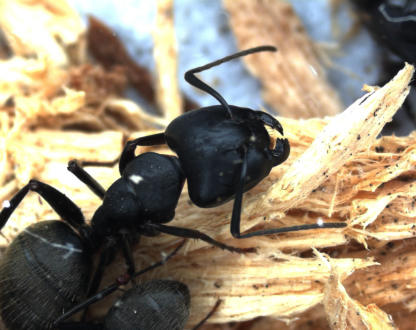Figure 1. A carpenter ant, Camponotus pennsylvanicus, Hosts the Mutualistic Bacterial Endosymbiont Blochmannia .
Like all species of the ant genus Camponotus, the wood-nesting C. pennsylvanicus (shown here) possesses an obligate bacterial endosymbiont called Blochmannia. The small genome of Blochmannia retains genes to biosynthesize essential amino acids and other nutrients (Gil et al. 2003), suggesting the bacterium plays a role in ant nutrition. Many Camponotus species are also infected with Wolbachia, an endosymbiont that is widespread across insect groups. (Photo courtesy of Adam B. Lazarus.)

